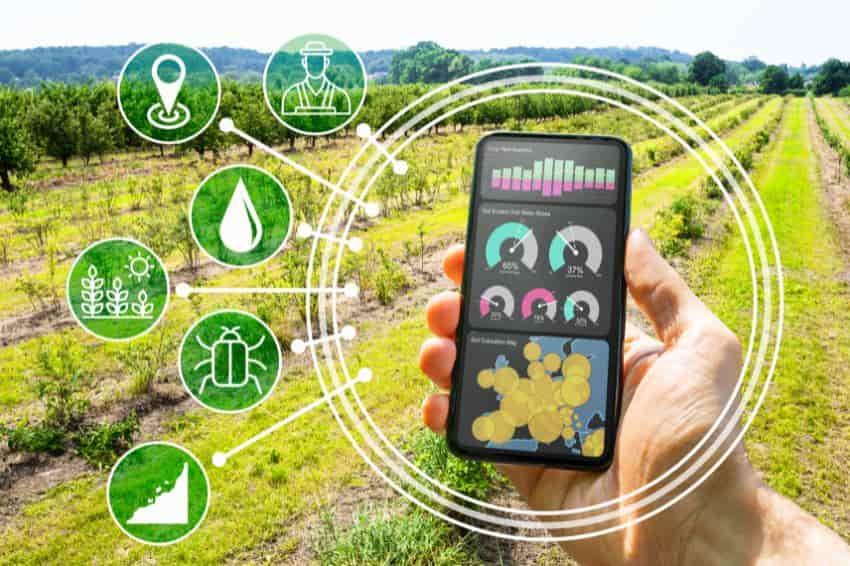The Next Harvest: Future Trends in the IoT in Agriculture Market

The IoT in agriculture market is in a constant state of evolution, with a pipeline of innovations poised to make farming even smarter and more automated. A forward-looking analysis of the emerging IoT in Agriculture Market Trends reveals a clear trajectory toward systems that are more autonomous, predictive, and interconnected. These trends are the key forces that will sustain the market's powerful growth, driving it from $10.85 billion in 2024 to its projected $34.7 billion valuation by 2035. From fully autonomous tractors to AI-driven disease prediction and blockchain-enabled traceability, these developments are set to redefine the future of food production and further solidify the role of technology in agriculture.
One of the most significant emerging trends is the move from simple automation to true autonomy. While GPS-guided tractors have been around for years, the next generation of farm machinery will be fully autonomous. These robotic tractors, sprayers, and harvesters will be able to operate 24/7 without a human driver, guided by AI and a suite of sensors including LiDAR and vision systems. This trend also extends to smaller, more agile robots ("agbots") that can perform highly targeted tasks like precision weeding or selective harvesting of individual fruits. This level of autonomy promises to dramatically reduce labor costs and further enhance the precision of farm operations.
Another major trend is the increasing sophistication of predictive analytics powered by Artificial Intelligence (AI). The industry is moving beyond simply reporting current conditions to accurately predicting future outcomes. By combining real-time IoT sensor data with historical yield data, weather forecasts, and satellite imagery, AI models are becoming increasingly adept at providing highly accurate yield predictions weeks or even months in advance. They can also predict the outbreak of specific pests or diseases based on environmental conditions, allowing farmers to take preventative action rather than reacting after damage has already occurred. This shift from a reactive to a predictive model of farm management is a game-changer for risk management and profitability.
Finally, there is a powerful trend towards greater integration across the entire food supply chain, often enabled by technologies like blockchain. The data generated on the farm by IoT devices can be securely logged on a blockchain, creating an immutable record of a product's journey from "farm to fork." This enables a new level of traceability, allowing retailers and consumers to verify claims about a product's origin, organic status, or sustainable production methods. This integration of on-farm IoT with supply chain technology not only enhances food safety and transparency but also allows farmers to potentially capture more value by providing verified, premium products directly to consumers and retailers who demand this level of information.
Explore Our Latest Trending Reports:
- Sports
- Art
- Causes
- Crafts
- Dance
- Drinks
- Film
- Fitness
- Food
- Hry
- Gardening
- Health
- Domů
- Literature
- Music
- Networking
- Other
- Party
- Shopping
- Theater
- Wellness


